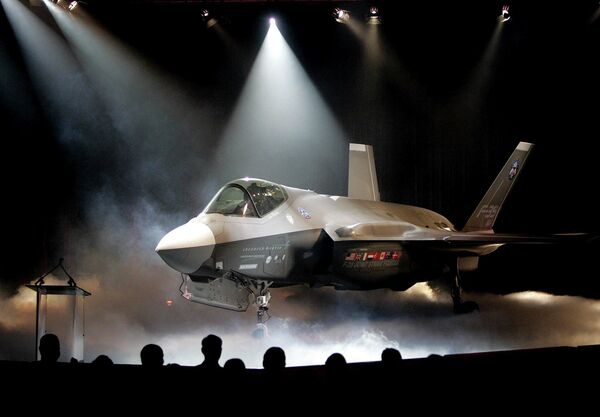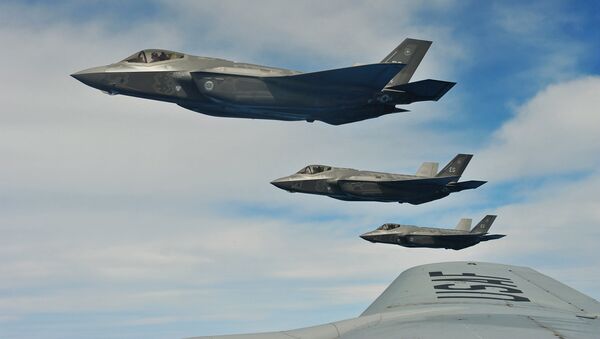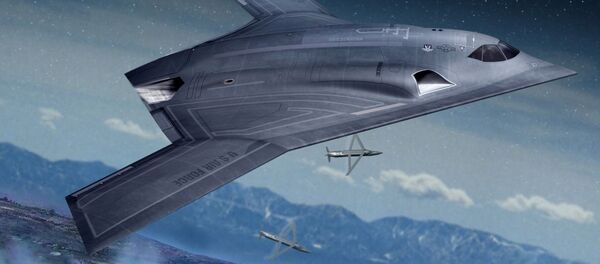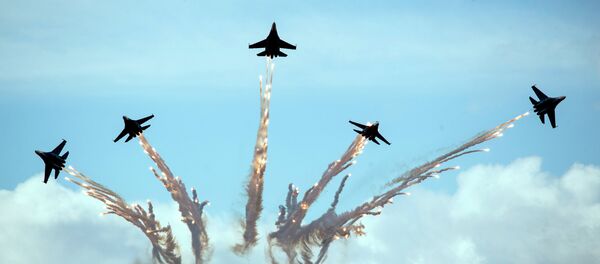The announcement was made after what was essentially a demonstration, not a realistic operation test. Even though Lockheed Martin, the manufacturer of the stealth fifth-generation multirole fighter, presumably made every effort to make sure everything went according to plan, the demonstration did not go smoothly. But the US Marine Corps acted as if nothing happened.
The majority of the seven F-35Bs, which took part in the 11-day tests, would not survive in realistic combat conditions. They needed extended maintenance, lacked key equipment and software and could not clock the planned flight hours, according to the War Is Boring website. Some spare parts were not available on spot and had to be flown in from the mainland.
"Maintainers aboard the ship had their hands full during the test. One aircraft lost a 'turkey feather' retaining pin in the engine when the plane first landed aboard the ship. This rendered the aircraft Not Mission Capable (NMC), an acronym which is repeated over and over again in the report," Mandy Smithberger and Dan Grazier observed.
"While there is nothing unusual about military equipment requiring maintenance to remain operational, the number of mechanical and electronic maintenance problems during this short period of time, and on such a highly publicized event, is remarkable," Smithberger and Grazier pointed out.
A squadron of six aircraft, according to the DOT&E, needs to have a readiness rate of 80 percent to meet combat needs. However, the F-35Bs which took part in the demonstration had trouble maintaining a 50 percent readiness level.
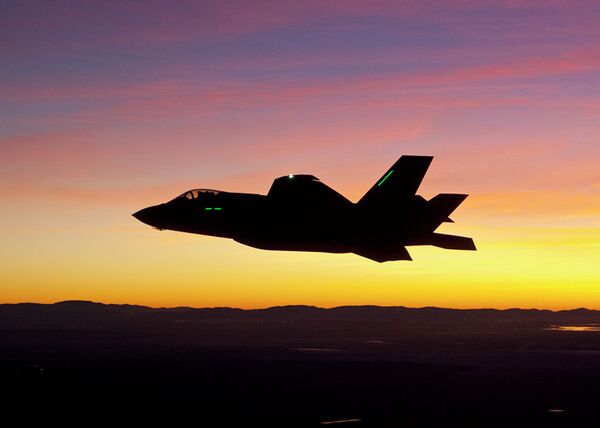
"The USS Wasp operational test, which seems no more than a PR exercise, simply confirmed that beyond the highly publicized questions regarding the F-35's combat effectiveness, more pressing issues remain about its basic reliability. If the most expensive weapons system in history can't even get off the ground often enough to train pilots adequately, then all the money spent on it has been wasted," Smithberger and Grazier noted.
The July announcement that the F-35B achieved initial operational capability (IOC) was hailed as a milestone for the Joint Strike Fighter program plagued by delays and ever-increasing costs. As it turns out, essentially this landmark event has not happened yet.
